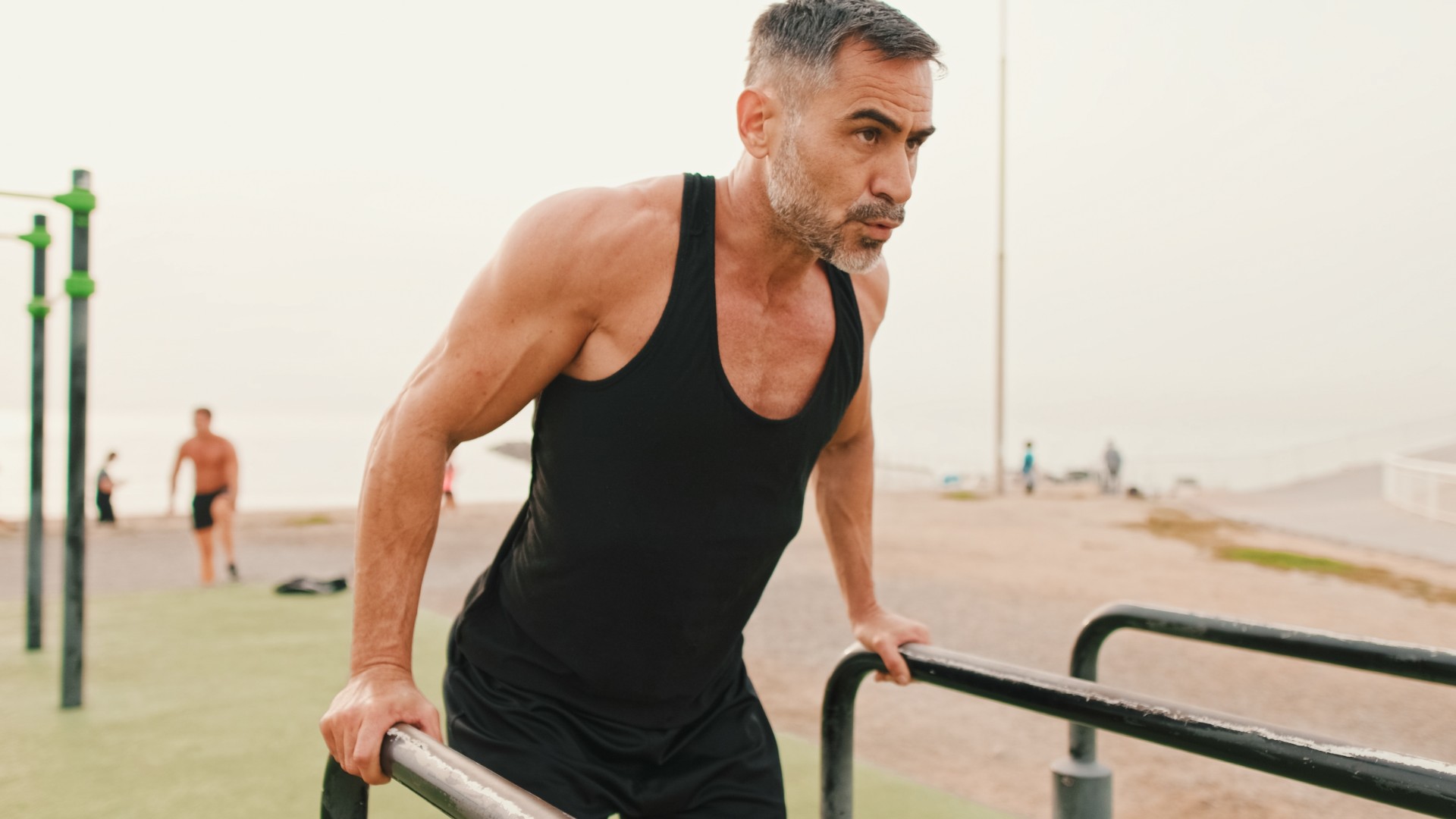
As you age, finding exercises that work for your body is crucial to staying strong and active while maintaining both your physical and mental well-being. According to renowned physician and longevity expert, Dr. Peter Attia, just a handful of exercises can “redefine how you age.”
Shared to the YouTube channel Health Reveal and completely accessible to everyone, these six essential exercises could “transform your body, boost your strength and help you live a longer, healthier life.” Dr. Attia's goal with each move is to build endurance, increase mobility and resilience, and slow down the effects of aging.
Here they are, and why you should try them.
What are the exercises?

As we age, muscle mass decreases and strength declines, leaving us more susceptible to injury and chronic health conditions. That means we need to start training smarter to benefit from the most efficient and effective strength exercises out there.
According to Dr. Attia, these are six exercises you shouldn't skip.
1. Dead hang
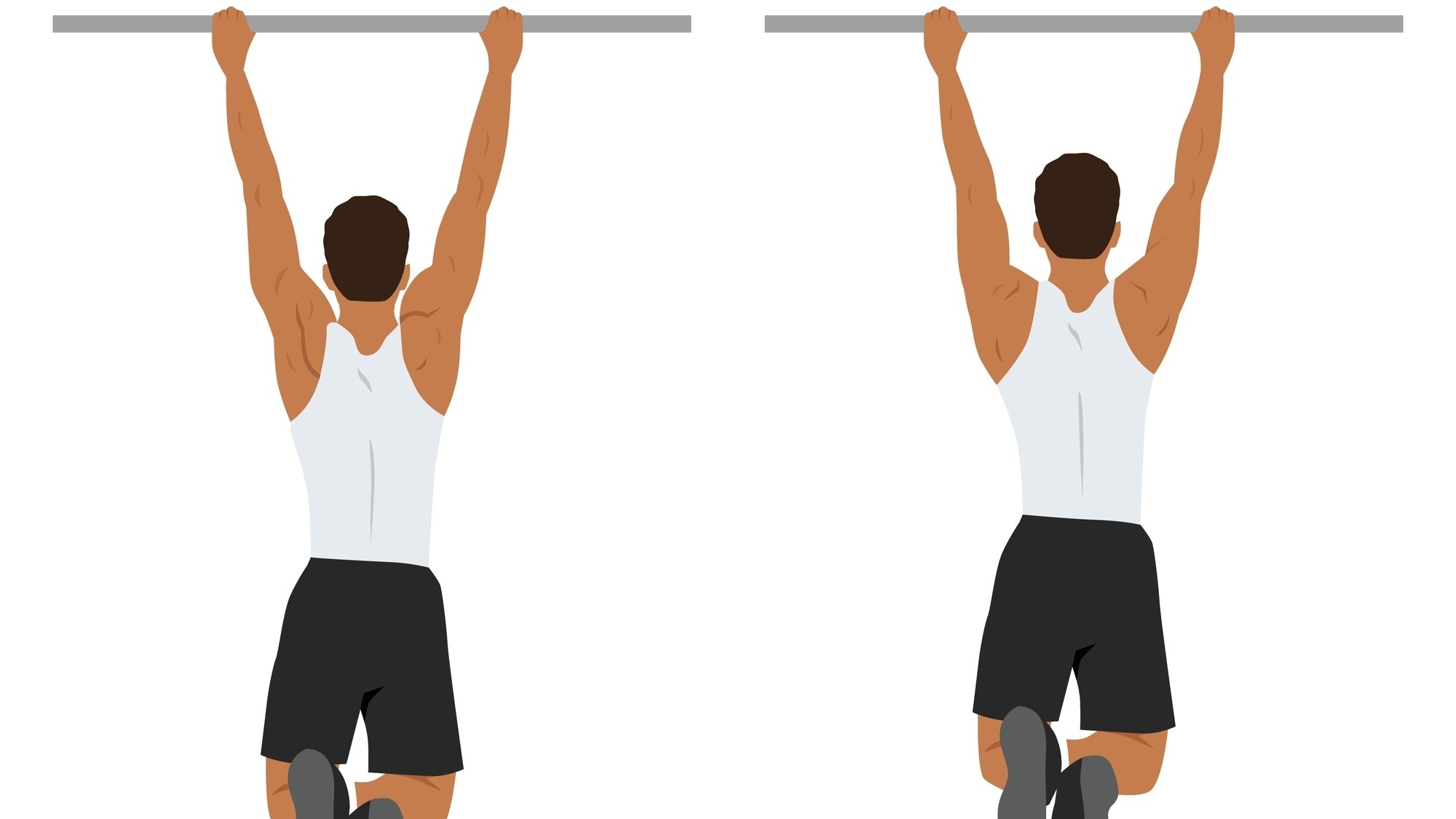
The dead hang tests upper-body endurance and grip strength, just from hanging off a bar. Grip strength has been associated with longevity and overall health, and it's one of the longevity fitness tests touted by Arnold Schwarzenegger via his fitness app. A strong grip also helps make everyday activities easier, like carrying groceries.
According to Dr. Attia, men aged 40 years or older should aim for two minutes, while women of the same age should aim for 90 seconds, and this scales depending on age and sex. I personally find even 30 seconds a serious struggle, so try to build up slowly and don't get too hung up on the numbers to begin with.
Get instant access to breaking news, the hottest reviews, great deals and helpful tips.
Here’s how to do the dead hang step-by-step.
2. 90-degree air squat
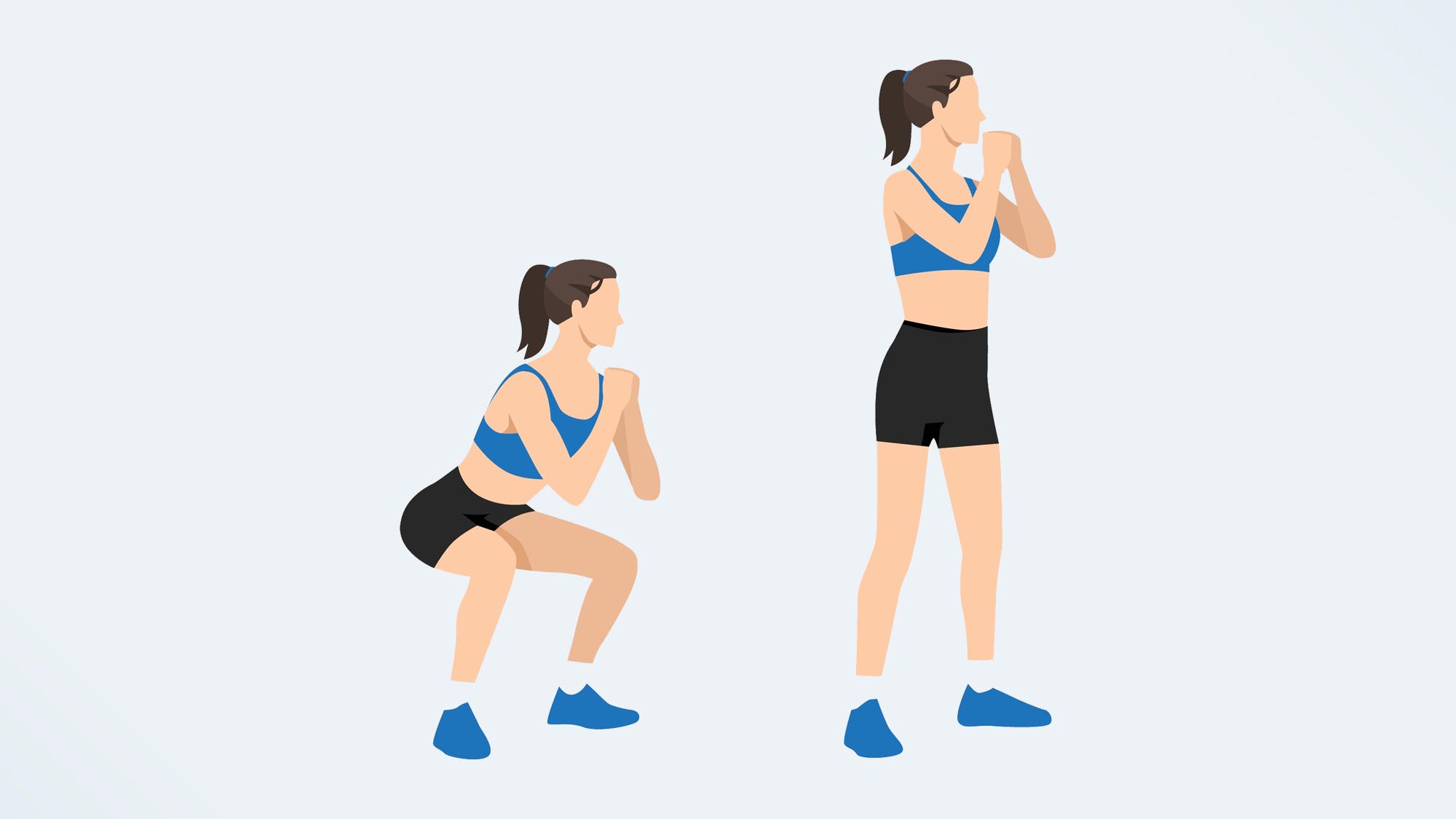
Squats strengthen your lower body, improve mobility and help prevent falls as you age. The humble bodyweight squat targets muscle groups associated with balance and stability, like your glutes, quads, hips, hamstrings and calves. If you’re around 40 years old, try to manage two minutes of squats as a minimum.
You're aiming to reach 90 degrees with your legs so that your thighs reach parallel to the floor, and as you get stronger, add reps or weight as needed.
Here’s how to squat step-by-step.
3. Cardio
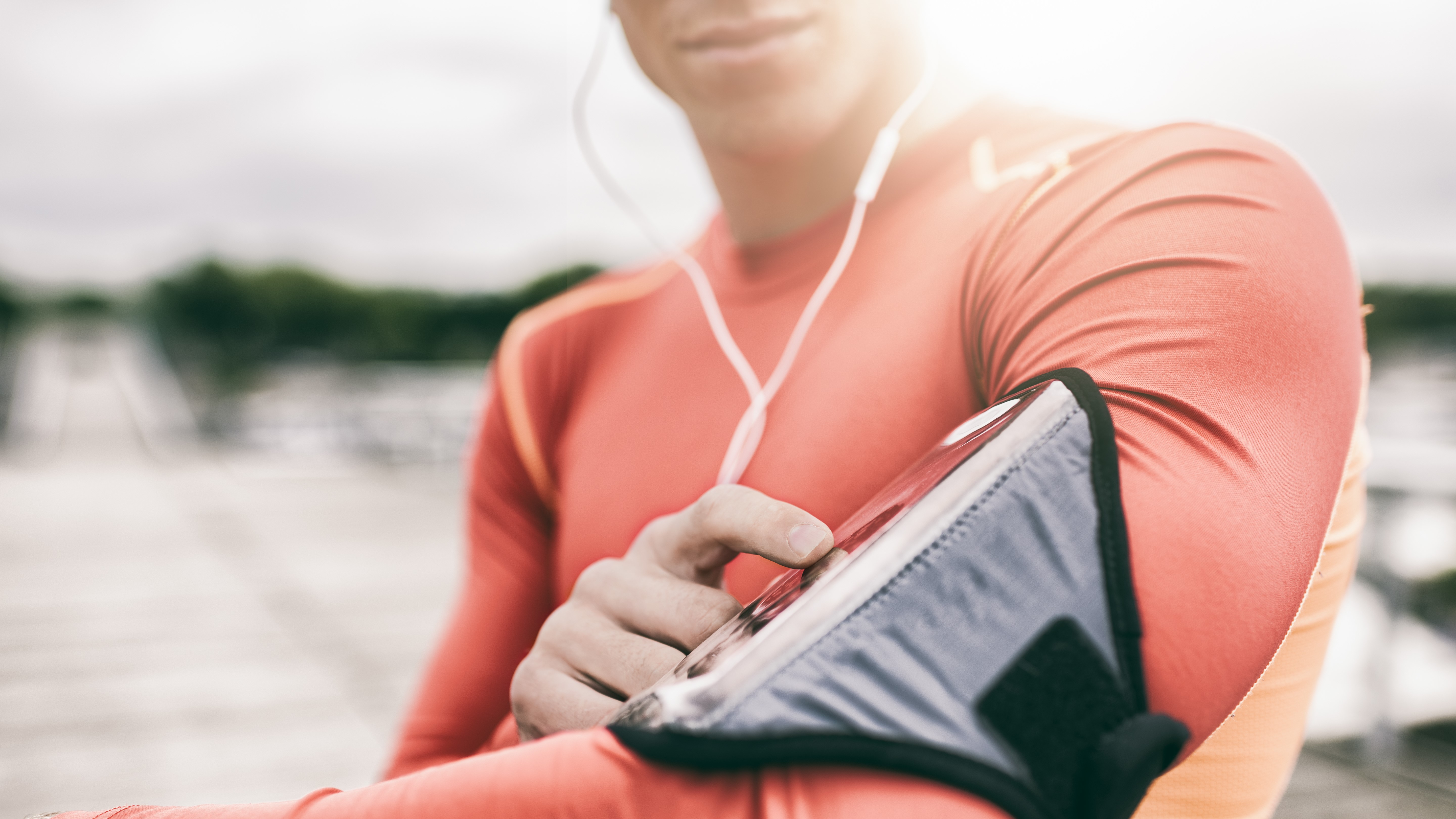
VO2 max — how efficiently your body uses oxygen during exercise — is crucial for overall cardio fitness and lifespan. A higher VO2 max is strongly associated with longevity, lowering your risk of chronic health conditions associated with the heart and lungs, and also helps improve endurance.
Learning how to measure your VO2 max can give you a baseline to work from. Dr. Attia suggests movement like running, cycling, swimming, rowing, or walking, but if you do decide running is your forte, Attia says you should aim to reach the top 50-75% for your sex and age group. This might take some research, but he recommends seven to eight-minute miles if you can, runners.
This is just a guideline, and remember to build slowly according to your fitness level.
4. Farmer's walk
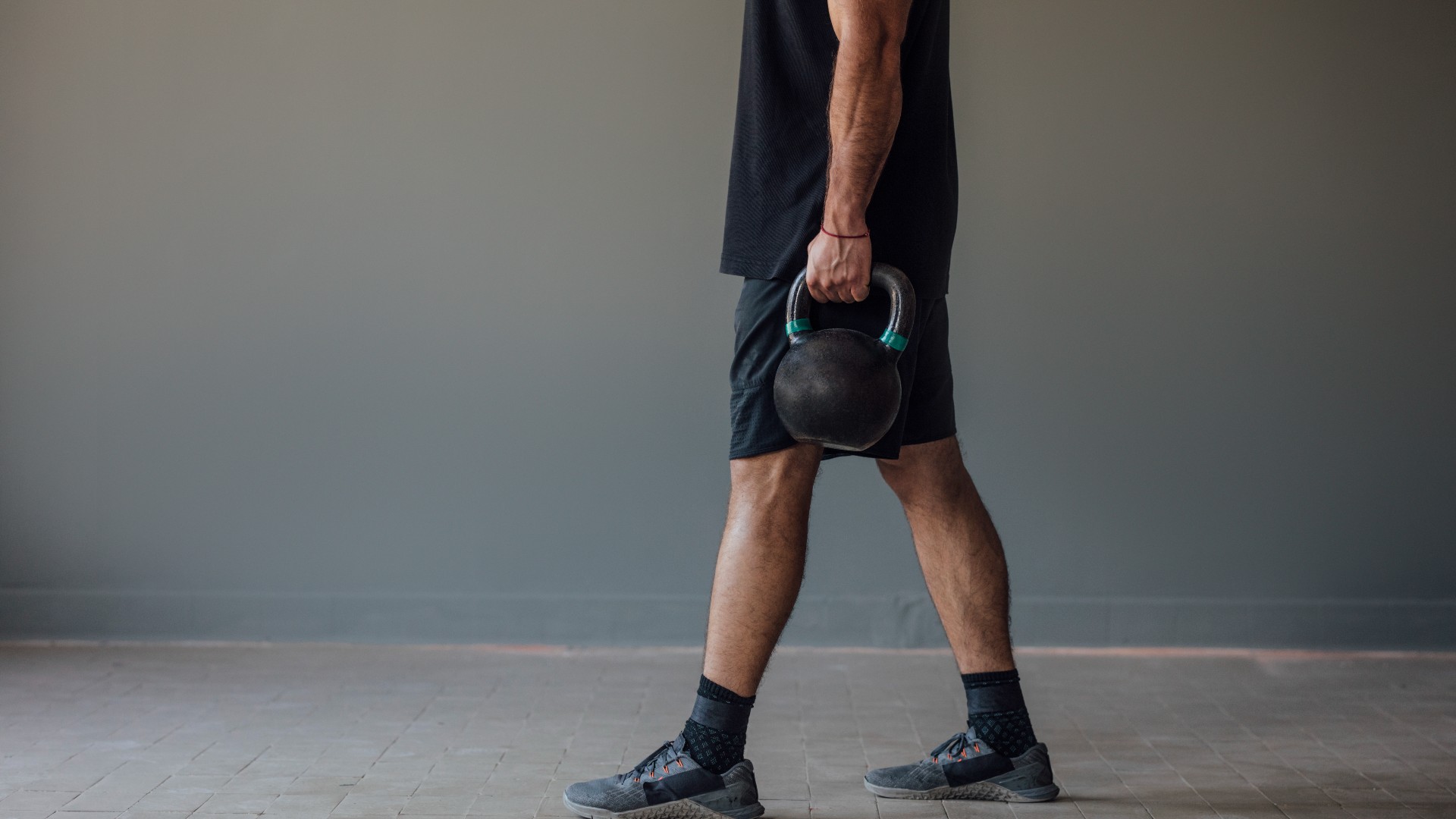
The farmer’s walk targets grip, core and leg strength, and builds functional fitness, stability and endurance. You’ll also improve balance and coordination by carrying heavy weights across a set distance, and you can single or double load depending on what equipment you have available.
Aim for two minutes while maintaining your breath, form and posture. Add weight and duration as you get stronger, and try to practice this exercise consistently so that you can measure improvements over time.
Dr. Attia says men should aim to carry their bodyweight for two minutes (half the total weight in each hand), while women should aim for a minimum of 75% of their bodyweight. This is just a guideline, so if you need to carry more or less to start with, do.
Here’s how to do the farmer’s carry step-by-step.
5. Vertical jump
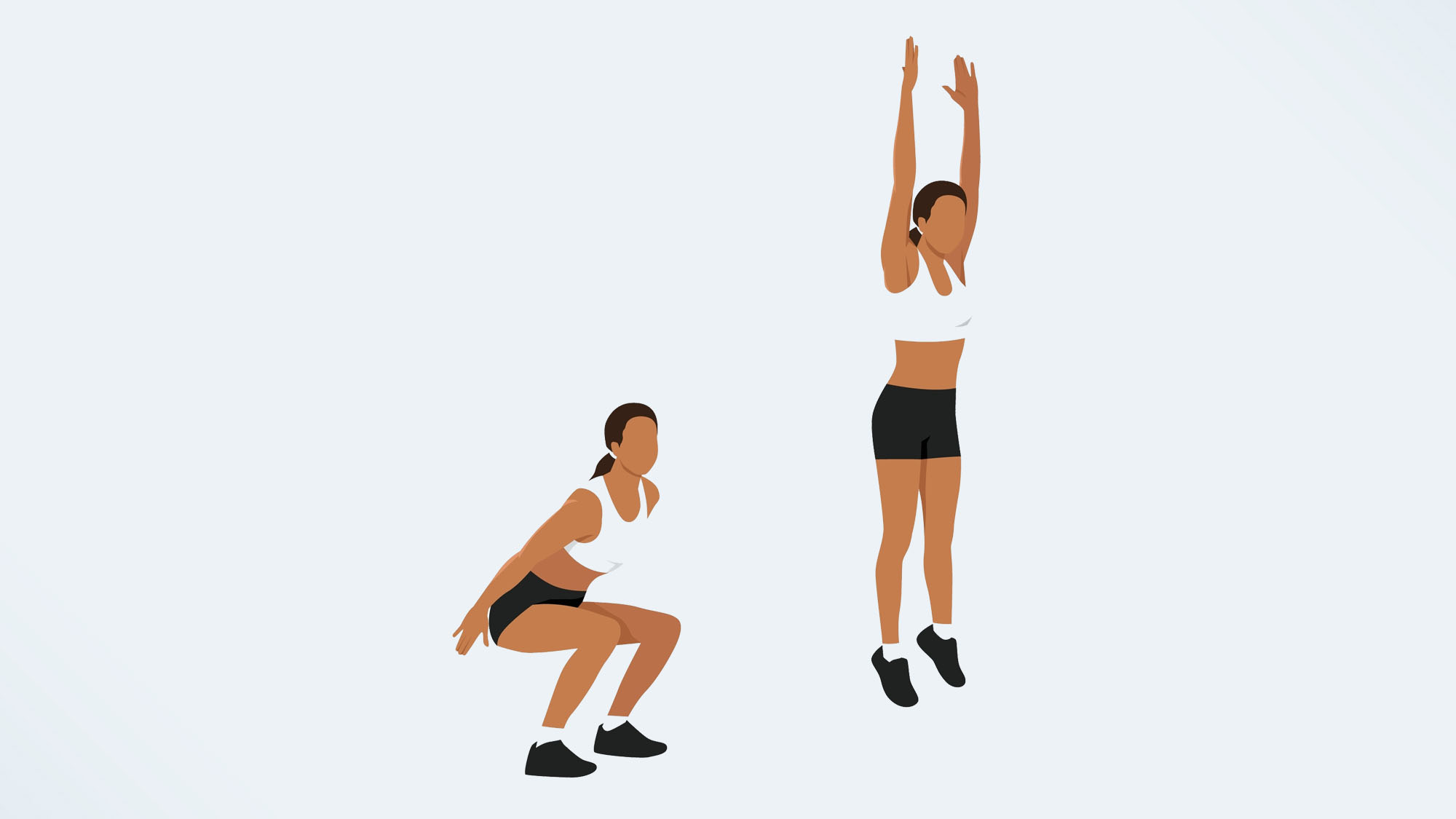
Vertical jumps test for overall leg strength, explosive power and agility as you age. It’s a great way to measure overall fitness and power, translating to tasks like standing from a seated position and climbing.
You’re looking to drive upward as you jump and land softly with a knee bend to reduce the pressure on your joints. Try to measure and increase your jump height as you get better; at least 20 inches is a great starting point, according to the advice in the video.
6. Wall sit
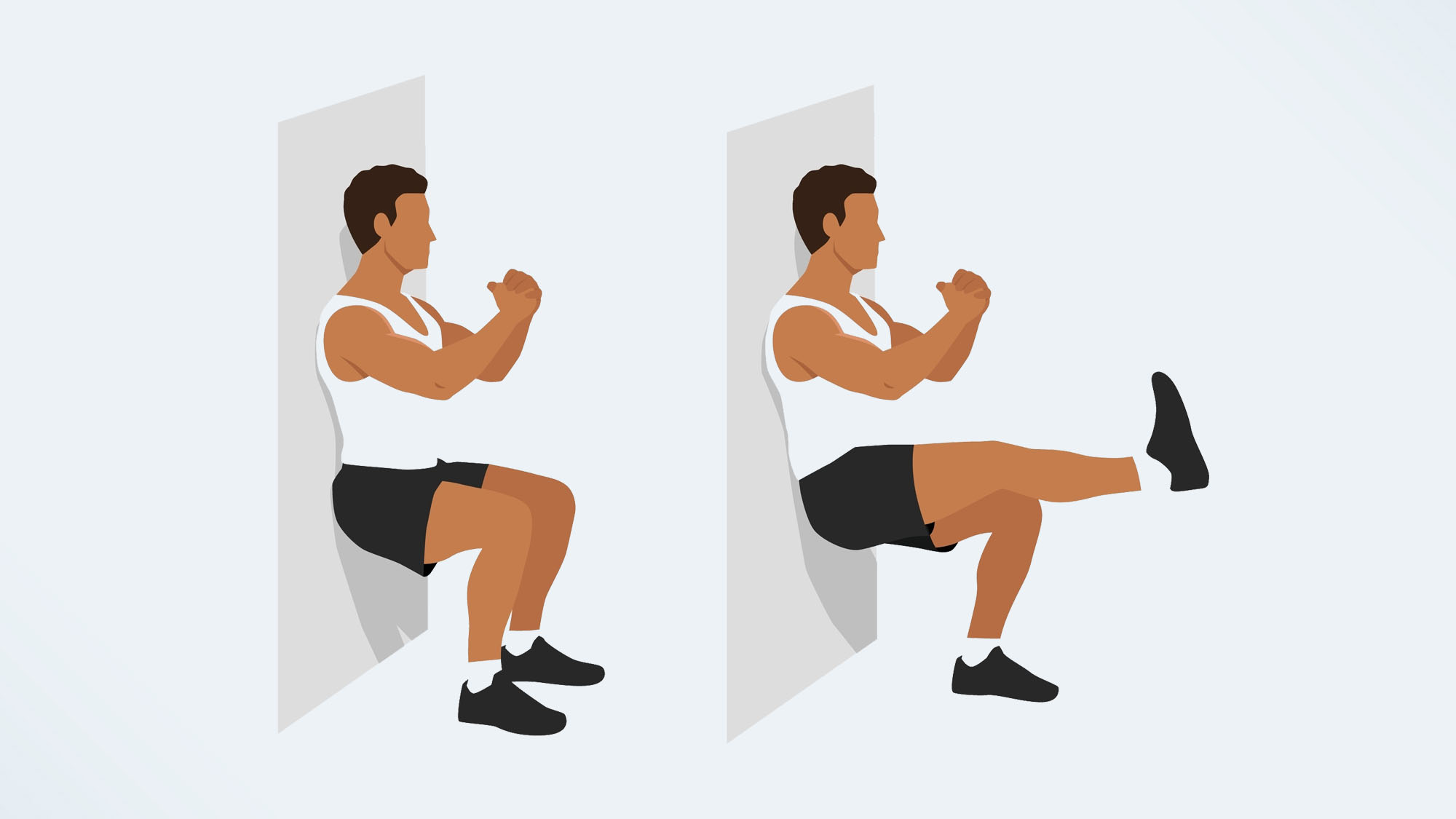
Wall sits are great for testing your quad, glute and core strength, and build stamina and stability under tension.
The sit is known as an isometric exercise because muscles are held under tension without moving, which is a low-impact way to strengthen the muscles and joints responsible for preventing falls and maintaining posture. This translates to everyday activities like walking or standing for long periods.
Aim for two minutes and work on increasing the duration of the hold. Consistent practice will help you maintain stamina as you get older.
Here’s how to do a wall sit step-by-step.
Bottom line
Backed by science, these six longevity movements are recommended by a longevity expert to help improve life quality and slow down the impact of aging on the body. Whatever your age, you can stay feeling strong and full of energy, while slowing down muscle atrophy and bone density loss.
So if anyone tells you that nature will continue to do its thing, don't listen. You can maintain bone density and lean muscle mass while building a strong and mobile body, reducing the likelihood of chronic conditions and sedentary-related injuries at the same time.
Follow Tom's Guide on Google News to get our up-to-date news, how-tos, and reviews in your feeds. Make sure to click the Follow button.
More from Tom's Guide
- Forget running and swimming — study finds this sport adds 10 years to your life
- No, not sit-ups — strength and conditioning coach says ‘this is the best abs exercise you’re probably not doing’
- Forget the gym — this 10-minute mobility routine boosts your flexibility and improves your posture without equipment
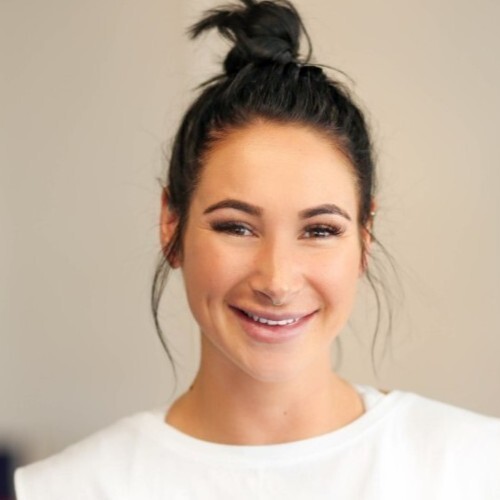
Sam Hopes is a level 3 qualified trainer, a level 2 Reiki practitioner and fitness editor at Tom's Guide. She is also currently undertaking her Yoga For Athletes training course.
Sam has written for various fitness brands and websites over the years and has experience across brands at Future, such as Live Science, Fit&Well, Coach, and T3.
Having coached at fitness studios like F45 and Virgin Active and personal trained, Sam now primarily teaches outdoor bootcamps, bodyweight, calisthenics and kettlebells.
She also coaches mobility and flexibility classes several times a week and believes that true strength comes from a holistic approach to training your body.
Sam has completed two mixed doubles Hyrox competitions in London and the Netherlands and finished her first doubles attempt in 1:11.
You must confirm your public display name before commenting
Please logout and then login again, you will then be prompted to enter your display name.
